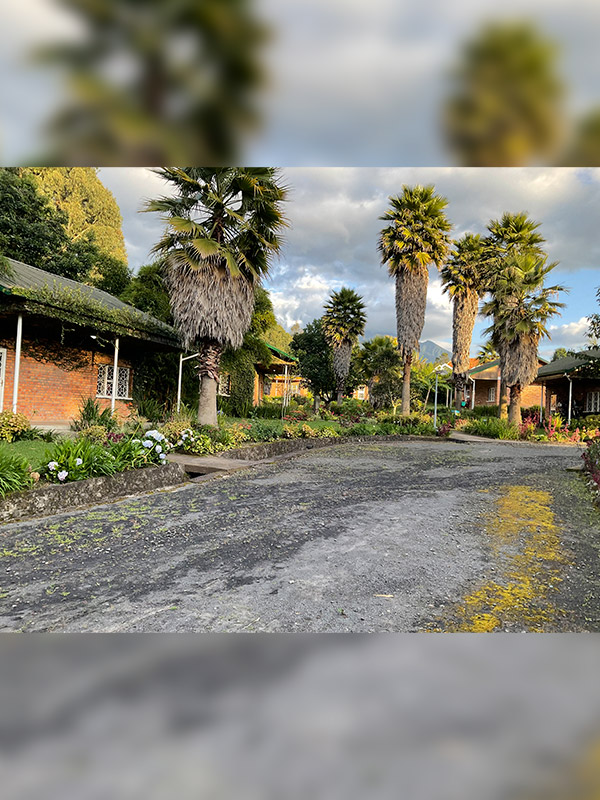Day 3 in Rwanda
Growing up, I wasn’t easily moved to tears. I was an emotional boy–sensitive, but seldom expressive. I remember how the cartoon Bambi caused a teary reaction in some of my friends. I can’t remember any others. I mostly watched cartoons like He-Man, Super Friends, and even the Smurfs – I’ve always had a fascination with secluded communities, including those in The Hobbit and the movie Willow.
The first movie during which I cried was Ghost, starring Whoopi Goldberg and Patrick Swayze. I think most people agree that the popular scene at the potter’s wheel sums up the film’s atmosphere. I haven’t watched it in over 20-years, and I can’t remember exactly what squeezed my heart until my eyes responded with threads of tears. I remember the movie’s overwhelming sense of longing and grief that clouded the movie with emotion. But I hadn’t had anyone crossover (die) at the time. I first experienced intimate loss in 1996, when my father crossed over.
While I’ve visited cemeteries and graveyards, I never felt the intimacy that Patrick Swayze did in Ghost. The nearness. The touch. The wind and the coolness. However, I’ve been inundated with that sensation from the moment my four Morehouse brothers, five Spelman sisters, and chaperones. I’m a 51-year-old man living under a chaperone’s watch – wow!
I felt the first drops of this invisible and emotional flood when we disembarked from the plane. While I hadn’t yet confronted any information or evidence of the 1994 genocide, just knowing that I was standing on land where a million people were massacred in the span of a 100 days was indicative of that history.
Soundless whispers.
Touchless touches.
Shadows cast from memories.
The two memorials that I visited on my second day in the country were, indeed, heart-wrenching. But it was the compound in Musanze, where we lived for four days, where I heard the whispers and felt the touches and saw the shadows of the dead and missing the most. It was the beauty of the place. The palm trees. The verdant guest houses that seemed to have grown directly from the grass. The gravel driveway hedged by colorful flowers and dotted with ants. The garden plumb with ripening food. Miniature earth mounds that remind me of Memphis’ bluffs. Large mossy stones scattered here and there. And the birds. The darting birds. The darting, whistling birds. The darting, whistling birds that inhabit echoes from the past.
I’m touched by the horror that lingers in this beautiful compound. I look over my shoulder like the past stretches beyond my back but still within clear view, and I see Black people running for their lives. Literally running for their lives. I see them hiding beneath the greenery, begging the earth to secret them to safety, make them look like the miniature mounds.
The reverberation of guns rustles through the leaves that look down from their branches, waving their tips, alerting me that they were witnesses. That they tried to wave people toward the distant volcanoes where the trees will lie and say, “No. I haven’t seen anyone.”
The pain in this place is like a beautiful keloid scar that grew over a hideous wound. The spirits in the wind move me like Patrick Swayze and Whoopie Goldberg did not. Even so, the tears and longing of that scene resonate in this place, where widows and widowers and orphans sit at their own potter’s wheel, coveting such a connection with an ancestor, a spirit, a loved one that didn’t cross over peacefully, but was dragged, kicking, and screaming.
